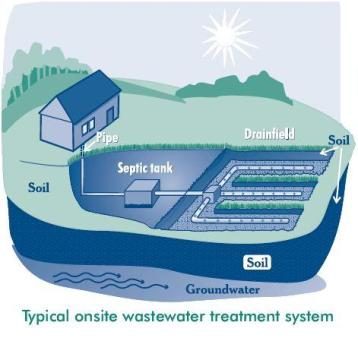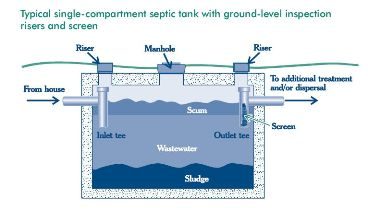
Make Sense of Water
Managing water has become a growing concern. Though the Earth has abundant water only about 1% is actually available for human use. So taking into account that population and the demand for usable water will be increasing in the future while the supply will remain constant, a decision to increase efficiency by consumers at large was made.
The average American household uses about 100,000 gallons of water a year. And some of that is waste. That adds up to about 900 billion gallons of wasted water from just American households. Off-grid or not – give your bathroom a high-efficiency makeover, and save more than 11,000 gallons annually (over 10%).
Installing WaterSense toilets and faucets or faucet accessories reduces water bills, and the upgrade could pay for itself in a few years and continue to save water and money for years to come.
Replacing all the inefficient toilets in the US alone with WaterSense labeled toilets the US nation could save 640 billion gallons of water that is literally being flushed away every year.
The program works by promoting water efficiency and the products, programs, and practices that can be used every day by people. It was open for public input on May 22, 2008 when the draft specification for water-efficient single family new homes was released. These are open for public input until July 21, 2008. So even though products will be hitting the shelves and programs will be starting soon the complete specifications for this program will not be finalized until later.
Programs and products that meet the performance and efficiency criteria of this EPA program will be allowed to carry the WaterSense label.This can be a big help for those who are remodeling, or trying to cut down on water use for either drought or monetary reasons. With this new label you are assured that these products will perform well, help you save money, and even help to encourage move innovation in the creation of even better performing water products. You can visit the EPA website to see a list of water-efficient products
They have designed many of the products to not require a change in your lifestyle, just in the water you use. Changing faucets, toilets, landscaping devices, etc. is all that is needed to make a positive impact on both your wallet and the environment. For those who live in drought prone areas that can make a big difference if as a community you change over to these new easy to identify products.
Growing communities are now faced with the problem of not only needing an increased supply but the infrastructure to support it. The WaterSense program is also designed to help these communities to build that infrastructure in the most efficient way. This is not a concern for the average citizen but knowing that this program is designed to help the community at large as …

 There are a number of options for your
There are a number of options for your  The pipe carrys all the used (grey and black) water out of your home and into the working parts of the septic system.
The pipe carrys all the used (grey and black) water out of your home and into the working parts of the septic system.